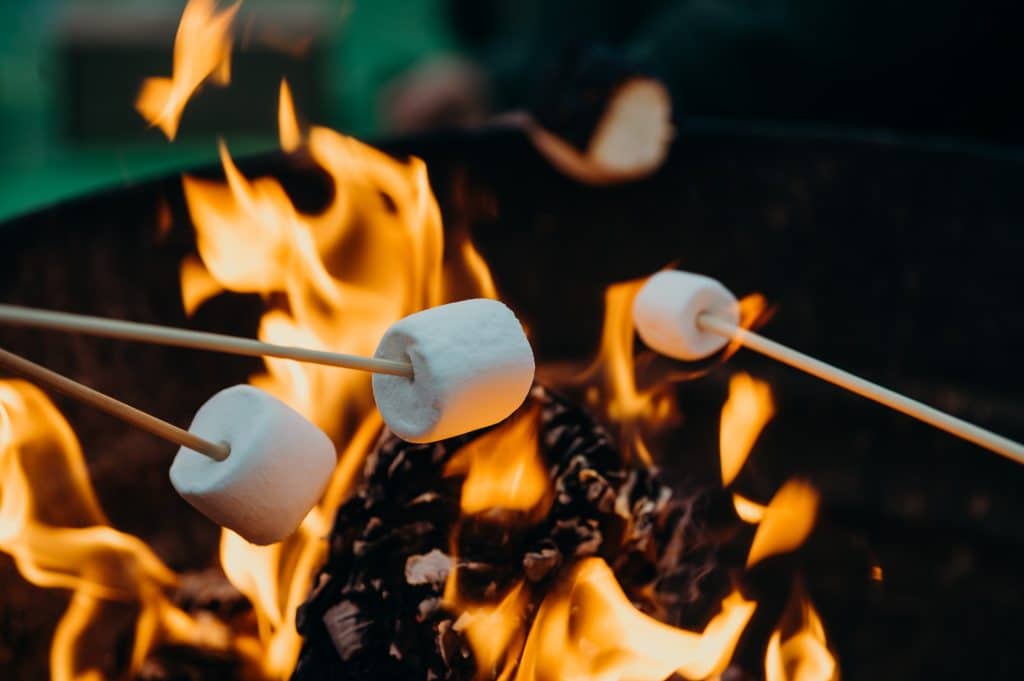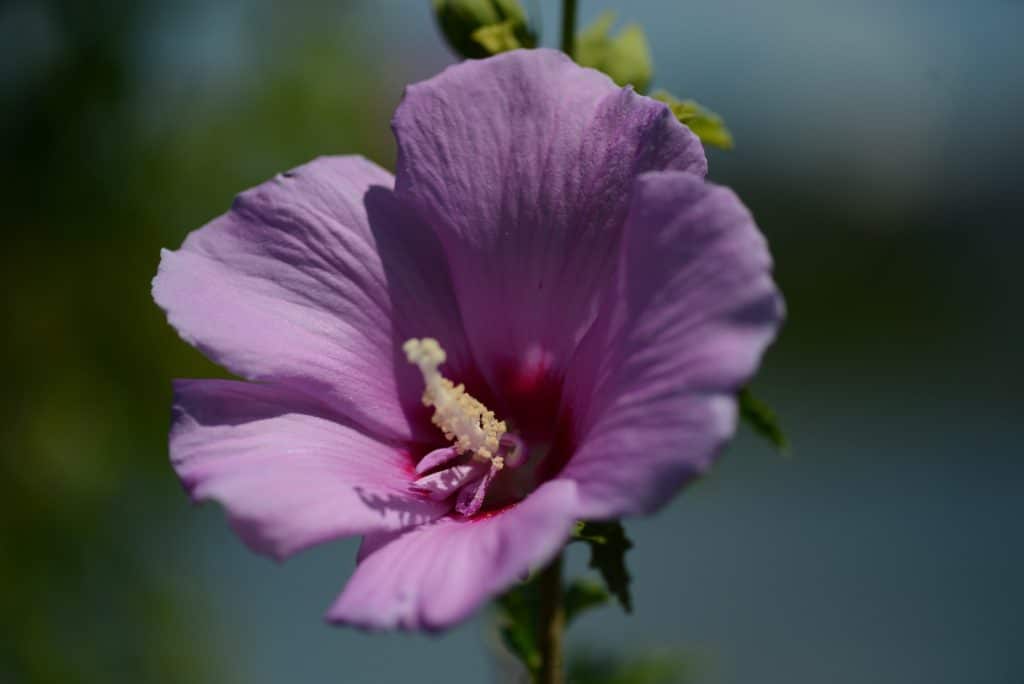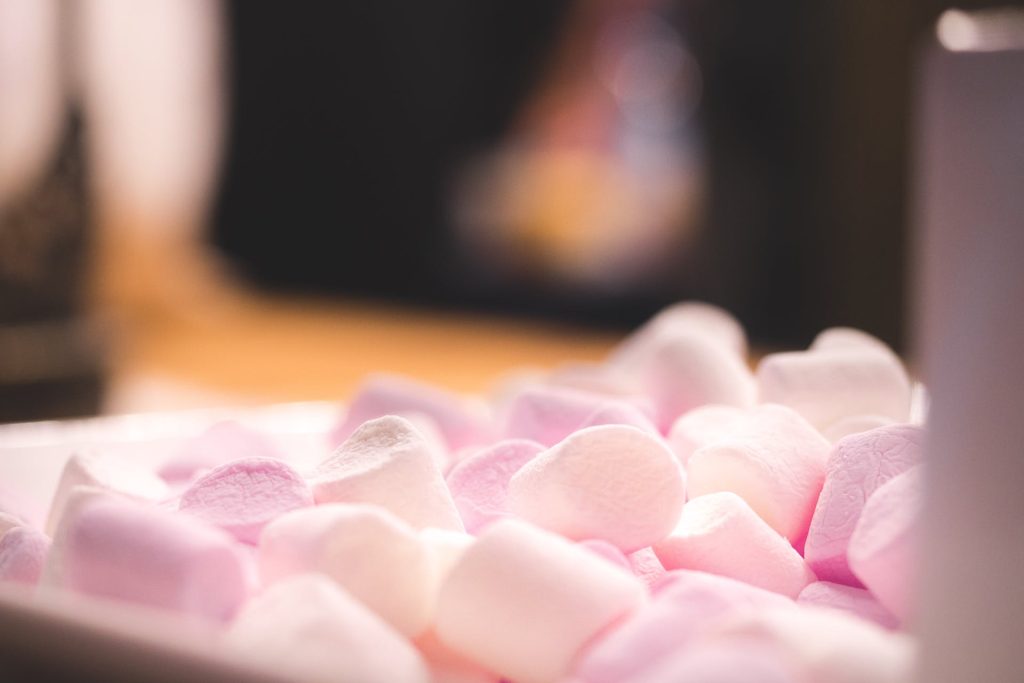Marshmallows are a favored treat that people of all ages enjoy. They’re sweet, delicious, and creamy, not to mention pillowy when you squish or bite down on them!
Whether it’s toasted over a campfire, melted into hot cocoa, dipped in chocolate fondue, used as a filling for baked goods, or topping for ice cream, marshmallows can be used in endless ways.

It’s no wonder they’re beloved by so many!
But have you ever wondered about how marshmallows were invented and who made them first?
What if I tell you these fluffy, classic treats have a fascinating history?
Curious? Well, stay and read this post, then! I’ll share with you the interesting history of marshmallows.
How are marshmallows made?
Did you know that marshmallows were first enjoyed by Ancient Egyptians as early as 2000 BC?
Amazing, right?
Ancient Egyptians discovered a wild herb called the marshmallow plant (Althaea officinalis) with a sweet sap that can be harvested. This herb is native to Asia, Europe, and northern Africa.

It also only grows in marshland and other damp areas, hence the common name “marshmallow plant.”
Now, you might ask, how were the first marshmallows made?
The sap is harvested by squeezing the mallow plant’s root and boiling it with ground-up nuts and honey or sugar until it thickens. Once thickened, the mixture was strained and cooled.
Although we’re unsure of the original appearance of marshmallows, they were surely different from the light and fluffy goodies we enjoy today.
The Ancient Egyptians also believed the marshmallow plant had medicinal properties. They used the plant root to make concoctions to alleviate coughs and sore throats, treat chest pains, ease inflammation, and heal wounds. They’re even used as an ointment!

Marshmallows were also admired by the Egyptians for their delicious taste and were considered a special treat reserved for offerings to gods and pharaohs. It was even forbidden for the common people to consume marshmallows during that time.
During the mid-1800s, French candy makers were introduced to the marshmallow. Instead of ground nuts and honey, they whipped the sap with egg whites and sugar syrup, creating a new confectionery type.
Doctors also used the sap, egg whites, and sugar to create a hard meringue sold as a medicinal candy to relieve sore throats, suppress coughs, and heal wounds.
Marshmallow became popular, but the candy stores struggled to meet the demand. Their method was very time-consuming and manual (whipped by hand).
As a result, candy makers searched for an alternative method and discovered the starch mogul system. This new method allowed them to create marshmallow molds using modified cornstarch. They even replaced the mallow root with gelatin, creating a more stable marshmallow form.

In 1948, a marshmallow manufacturer named Alex Doumak started experimenting with different methods of producing marshmallows to improve the speed of the process. He discovered the “extrusion process,” which made marshmallow production more efficient.

With the extrusion process, the marshmallow mixture is pressed through tubes, cut into equal pieces, cooled, and packaged.
Eventually, candy manufacturers discovered that gelatin could replace mallow root, and with modern manufacturing processes, created the light and fluffy marshmallow candy we see today.
This modern treat is made from a mixture of corn syrup, dextrose, gelatin, and egg albumen that’s heated and whipped. Some manufacturers also pump air in the them to create a more fluffy texture.
Today, marshmallows are a staple for desserts and other favorite family recipes!
Marshmallow Fun Facts:
- Over 50 percent of all marshmallows sold get roasted over a fire.
- In the past, some astronauts used marshmallows as nose plugs to help with the pressure changes hurting their nose!
- Althaiophobia is the fear of marshmallows.
- August 30th is National Toasted Marshmallow Day
Do you like Marshmallows? What is your favorite way of eating them?










